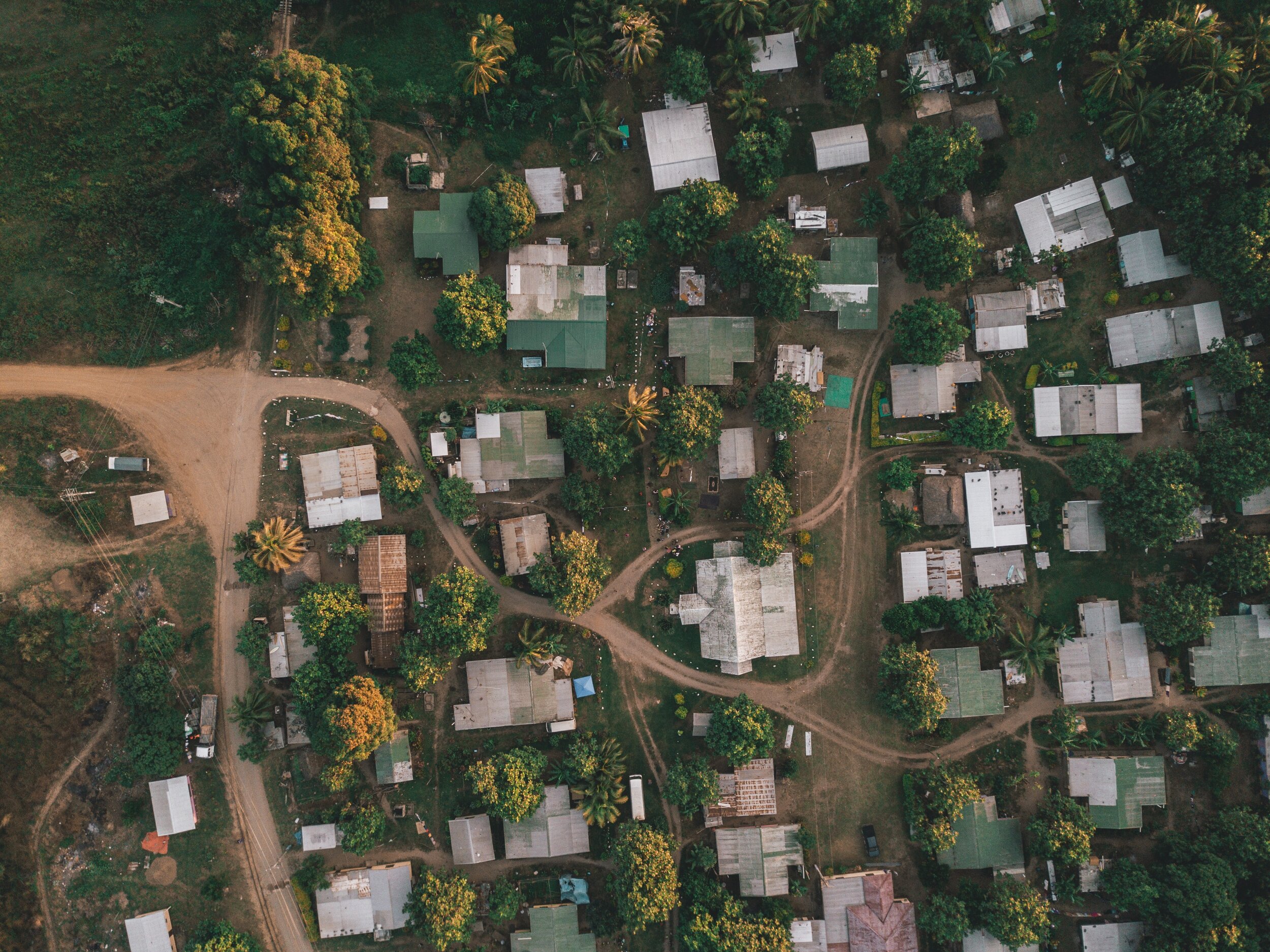
Support for Post-Placement Communities
In many post placement communities, crime, housing disinvestment, and limited economic mobility may magnify the effects of poverty for residents, making it even harder for children to succeed in school, grow up healthy, and achieve economic success.
But in their ability to meet these challenges is significantly strengthened, as evidence suggests, when neighbors and local organizations come together to respond to problems. Residents in these places have better educational and health outcomes than their counterparts in lower-capacity neighborhoods
Well documented, all new communities have three main components for a first generation social mobility. They are:
Forming community organizations that function as neighborhood intermediaries that came together to identify problems, propose solutions, and implement locally developed plans would be more resilient than others
Building valuable partnerships and implementing programs with neighborhood organizations, based on mutual loyalty. Loyalty building is considered to be a goal in itself and creates more strategic partnerships that connected isolated community improvement efforts improving mobility and decreasing crime.
Leveraging external resources that focus on interconnected issues that befall new communities, such as unemployment, struggling schools and community violence. There is an outdated belief that community development corporations building affordable housing with nothing else lent to lie the rest of its social responsibility to its inherited community. This is an outdated policy that relied on ignoring systematic racism and classism that belongs to all new communities.
Our Goal is to create an objective to identify a preferred list of partners that may address potential issues that arise when new communities emerge. These recommendations will vary on geography and objectives.
